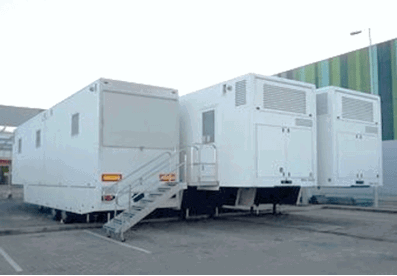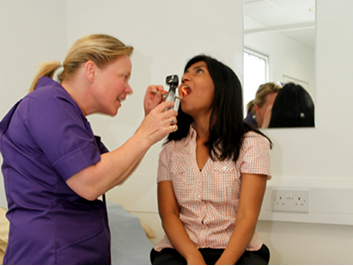A proactive approach to building winter resilience
 Keith Austin
Keith Austin
Published 05 September 2018
 Clinical capacity
Clinical capacity
As Winter continues to arrive sooner and last longer it places our NHS under increasing pressure. Each year we read headlines about the winter demand, so much so that it’s become somewhat of an annual tradition. Here, CEO Keith Austin discusses the impact of winter pressures and helps us to explore how our NHS can take a proactive approach to dealing with the demand.
NHS Winter Pressures
In the first four days of this year we saw ‘NHS’ being printed alongside ‘winter crisis’ in British newspapers more times than we did between 2003-20091. It’s no secret that winter brings additional demand for NHS services states Keith. Yet, we continue to see an increase in patients waiting longer. Statistics show that between the 2017/18 winter period 163,000 ambulances were delayed in handing over patients in A&E by 30 minutes or more2, compared to the 94,000 delayed handovers between 2014/15. Keith continues; taking this into consideration it’s clear more forward planning needs to be in place to ensure our NHS is winter resilient.
Capacity and patient flow

There is no denying that the front line of our NHS gets placed under a considerable amount of increased pressure during the winter period. Some Trusts have reported only being able to see between 40-60% of its patients within the recommended four hours at A&E3, well below the 95% target, while others have had to divert patients to other hospitals. When Norfolk and Norwich University Hospitals NHS Foundation Trust recognised that they would be faced with increased winter demand they commissioned one of our three-trailer mobile medical units. Patients were assessed in the Trust’s existing triage department and if their symptoms where not life threatening they were treated in the mobile urgent care facility. The mobile unit was a collaboration between The Trust, Norfolk and Norwich CCG and Norfolk and Norwich Community Health and Care NHS Trust and saw 1 in 5 patients being referred to the mobile urgent care centre for treatment.

The temporary urgent care centre was made possible through ‘winter pressures’ funding and a one-off allocation from NHS England.” At the time of the installation, Chief Executive Officer, Jonathon Fagge of Norfolk and Norwich CCG commented; “This is a significant investment which is extremely welcome and one which we hope will make a big difference for patients this winter.”
Proactive Planning
Capacity pressures and the winter crisis no longer comes as a surprise, meaning NHS Trusts can begin planning sooner. Keith Austin continues that it’s by commissioning an additional temporary solution such as a mobile medical unit that NHS Trusts can quickly and efficiently increase clinical capacity. It’s also important that patients continue to be treated at the same location and by the same clinical teams, to ensure continuity of care during peaks in demand. It’s by taking a proactive approach and reviewing options earlier that Hospitals will ensure this is achieved at a time of rising demand on services coupled with growing financial challenges.
1 https://www.theguardian.com/society/2018/jan/25/hospitals-still-in-grip-of-winter-crisis-nhs-england-figures-show
2 https://www.nuffieldtrust.org.uk/news-item/winter-2017-18-the-worst-ever-for-the-nhs#bed-capacity-within-the-nhs
3 https://nhsproviders.org/media/4190/opposition-day-debate-winter-pressures-jan-18.pdf